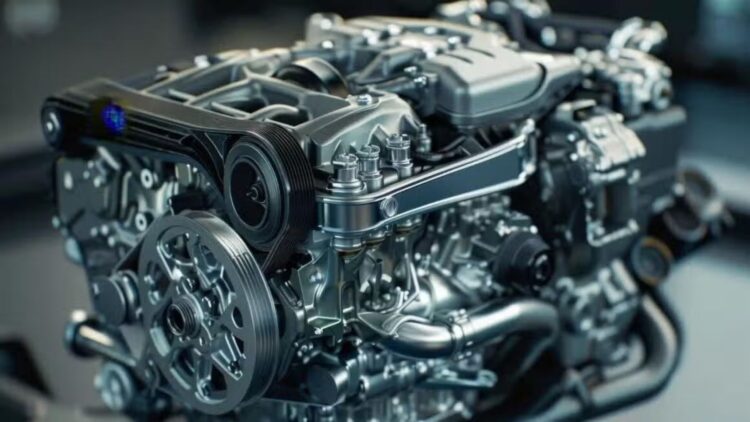New technology car maker Stellantis, one of the world’s largest car makers, has unveiled a $6bn plan to create a new generation of engines. This audacious plan entails the launch of new flex-fuel engines that can use gasoline and ethanol to transform the decarbonization process.
This article will look into how it is a great leap forward for the company as it challenges the conventions of internal combustion engines and puts a fresh focus on sustainable transport.
The world’s most significant automotive investment in South America
It is a $6 billion plan by Stellantis that makes it the most significant investment ever in the automotive industry in South America. It plans to introduce more than 40 new models and create new flexible fuel engines that work with biofuels such as ethanol.
Flex-fuel technology is key here as it combines the convenience of conventional internal combustion engines with environmentally friendly fuels while still maintaining power output. The investment plans from 2025 to 2030 align with Stellantis’ Dare Forward 2030 goals of achieving carbon neutrality and regionalization.
Using flex-fuel hybrid engines, the company ensures the transition from traditional to electric vehicles is smooth and provides solutions to emerging markets. These engines are also cost-effective to manufacture and integrate into current production lines in South America.
Stellantis controls 31.4% of the market in Brazil and 23.5% in South America, making it the region’s automotive industry leader. This stronghold evidences the benefits of the flex-fuel technology release, strengthening Stellantis’ position in a sector requiring new mobility approaches.
Flex-fuel hybrid technology: redefining power and sustainability
The very essence of this revolutionary investment is flex-fuel hybrid engines, converting biofuels and electrification. These engines boast three hybrid powertrains: Bio-Hybrid, Bio-Hybrid Plug-In, and eDCT powertrain solutions, and can be used for further development of vehicle concepts such as the standard Bio-Hybrid, Bio-Hybrid Plug-In and electrified dual-clutch transmissions (eDCT).
Each level provides individual solutions for performance enhancement by decreasing adverse effects on the environment. Fiat brand has been critical to this innovation, especially in ethanol-powered engines in the South American region.
These flex-fuel engines, expected to be introduced to the market by the end of 2024, are aimed at multiple vehicle models across all segments in the Stellantis company. Bio-Hybrid is currently based at the Betim facility in Brazil, which proves that Stellantis trusts its local engineers.
This technology enables South America to build a robust, independent automotive industry that fits the region’s production facilities. Flex-fuel hybrids are an example of how Stellantis has been actively anticipating the regional and global challenges related to sustainability.
Beyond engines: building a sustainable future
Flex-fuel engines are not the only area to which Stellantis is more than just committed. Out of the $6 billion investment, the company wants to have at least one fully electric car in South America by 2030 to extend its decarbonization mission.
The company also secured an interest in the Argentinian lithium resources vital to electrification. However, Stellantis has also grown into the largest auto parts distributor in South America, thus improving its position throughout the automotive value chain.
These actions support Stellantis’ strategy of creating a solid and sustainable automotive chain that meets local and global clean mobility needs. These initiatives are connected by Dare Forward 2030, Stellantis’ global plan corresponding to the company’s vision of reaching carbon neutrality by 2038.
South America is strategically seen as a growth pole for Stellantis and key to boosting its decarbonization and revenues. It is a revolutionary age in the automobile industry to invest $6 billion in flex-fuel engines and sustainable mobility.
The actions of Stellantis are not only developing new engine types for the automotive industry but also enhancing the image of South America as an environmentally friendly automotive production hub. This is one of the most significant ways some companies and countries can use innovation for a sustainable future.

